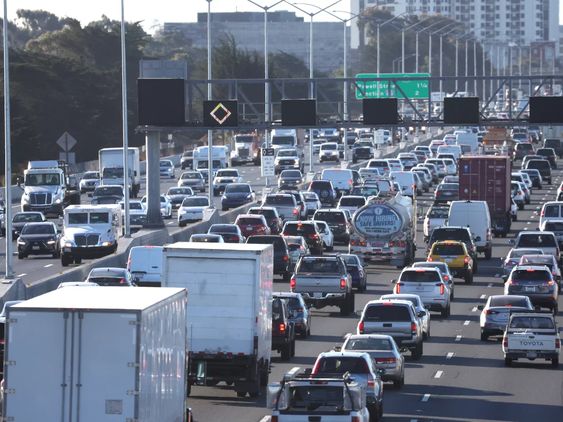Introduction:
The automotive industry is a complex and dynamic sector, constantly evolving to meet changing consumer demands and technological advancements. However, regulations play a crucial role in shaping the industry's trajectory, influencing everything from vehicle safety and emissions to the development of new technologies. This blog post will delve into the multifaceted impact of regulations on the auto industry, exploring how they drive innovation, shape consumer choices, and ultimately influence the future of mobility.

Regulations are often seen as a necessary evil, imposing constraints and increasing costs for manufacturers. However, they also serve as a vital framework for ensuring public safety, protecting the environment, and promoting fair competition. By setting standards for vehicle safety, emissions, and fuel efficiency, regulations encourage manufacturers to prioritize these aspects in their design and production processes. This can lead to advancements in technology, resulting in safer, cleaner, and more efficient vehicles for consumers.
Impact on Vehicle Safety:
One of the most significant impacts of regulations on the auto industry is in the area of vehicle safety. Governments around the world have implemented stringent safety standards, requiring manufacturers to incorporate features like airbags, anti-lock brakes, and electronic stability control. These regulations have significantly reduced the number of accidents and fatalities on the road, making vehicles safer for both drivers and passengers.
Environmental Regulations:
Environmental regulations have also played a critical role in shaping the auto industry. Governments have implemented regulations to reduce emissions from vehicles, leading to the development of cleaner technologies like hybrid and electric vehicles. These regulations have not only improved air quality but have also spurred innovation in the automotive sector, pushing manufacturers to explore alternative fuel sources and develop more efficient engines.
Impact on Innovation:
While regulations can sometimes be perceived as a barrier to innovation, they can also act as a catalyst for new technologies and advancements. The need to comply with safety and emissions standards has forced manufacturers to invest in research and development, leading to breakthroughs in areas like autonomous driving, advanced driver-assistance systems, and lightweight materials.
Conclusion:
Regulations are an integral part of the automotive industry, influencing every aspect from vehicle design and production to consumer choices and the future of mobility. While regulations can impose challenges for manufacturers, they also provide a framework for safety, environmental protection, and fair competition. By embracing the challenges and opportunities presented by regulations, the auto industry can continue to innovate and develop sustainable solutions for the future of transportation.





